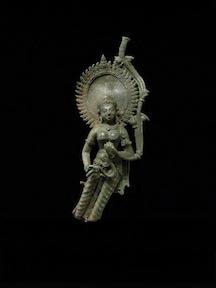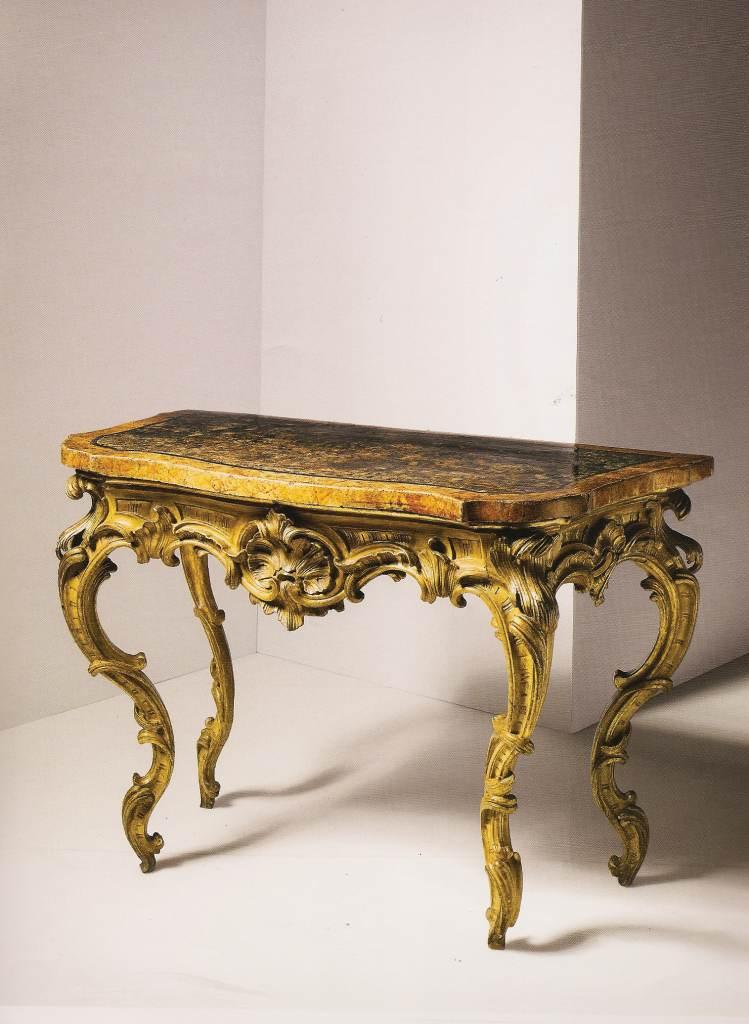WINTER ANTIQUES SHOW CELEBRATES ITS 58TH YEAR WITH SIX NEW EXHIBITORS AND A LOAN EXHIBITION FROM HISTORIC HUDSON VALLEY ─ BENEFITS EAST SIDE HOUSE SETTLEMENT IN THE SOUTH BRONX (NEW YORK, NY—November 29, 2011) The Winter Antiques Show celebrates its 58th year as America's most prestigious antiques show, providing museums, collectors, dealers, design professionals and first- time buyers with opportunities to see and purchase exceptional pieces showcased by 73 exhibitors. This year, specialists in 18th and 19th century folk art paintings, 17th through 19th century American furniture, early American arms and armor, 20th century furniture and decorative objects, 20th century fine art photography, 20th century American fine art, and tribal art join the Show. Every object exhibited at the Winter Antiques Show is vetted for quality and authenticity. All net proceeds from the Show support East Side House Settlement, a non-profit in the South Bronx providing social services to community residents.
David Rockefeller, Mark F. Rockefeller, and Charles Rockefeller, are the Winter Antiques Show’s Honorary Co-Chairs for 2012. Keith T. Banks, President, U.S. Trust , Bank of America Private Wealth Management, is Chair of the Opening Night Party on Thursday, January 19th, with U.S. Trust, Bank of America Private Wealth Management, as sponsor of the event.
The 2012 loan exhibition, Celebrating Historic Hudson Valley at 60: Rockefeller Patronage in Sleepy Hollow Country, marks the 60th anniversary of John D. Rockefeller Jr.'s founding of Sleepy Hollow Restorations, now Historic Hudson Valley. The exhibition showcases fine and decorative art from Phillipsburg Manor, Van Cortlandt Manor, Washington Irving’s Sunnyside, Montgomery Place, and the Union Church of Pocantico Hills. For the 16th year, the loan exhibition is sponsored by Chubb Personal Insurance.
New exhibitors at the 2012 Winter Antiques Show:
Joe Kindig Antiques Started in 1915, Joe Kindig Antiques, located in York, PA, is one of the oldest American antique firms. The business began out of young Joe Kindig, Jr.’s love of Ketntucky rifles, and grew into a prominent gallery specializing in early American furniture and decorative objects. Currently in its’ third generation of Kindig family ownership, Joe Kindig Antiques deals in early 18th century American furniture and decorative arts, Pennsylvania rifles, and early lighting, and has helped build many collections, including Winterthur, Colonial Williamsburg, and the Metropolitan Museum of Art.
Joan R. Brownstein & Peter H. Eaton In Newbury, MA, husband and wife dealers Joan R. Brownstein and Peter H. Eaton operate a joint shop, each focusing on their areas of expertise. Eaton, who has maintained an open shop continuously since 1970, specializes in New England furniture made between 1650 and 1820, with a particular emphasis on William and Mary, country Queen Anne, and Federal period furniture from eastern Massachusetts, Connecticut, and the Connecticut River Valley. Brownstein joined in 1980, with a focus on finding, researching, and selling New England folk art paintings of the 18th and early 19th centuries. Brownstein specializes in Folk art portraits, schoolgirl art, and portrait miniatures. Brownstein commented, “My interest in folk art painting comes both from my background in nineteenth century art history and my own abstract painting. Folk painting's differences from academic art and its shared characteristics with abstraction have produced some wonderful and quirky results and some really great art, breaking the rules of the first and sharing an approach with the other.”
Jonathan Boos
Jonathan Boos, with bases in New York and Bloomfield Village, MI, specializes in American paintings, drawings, and sculpture created between 1850 and 1950, with a particular focus on works of the Ashcan School, American Scene painting, and the Stieglitz Group, including such varied artists as Stuart Davis, Ben Shahn, George Bellows, Milton Avery, Jacob Lawrence, Marsden Hartley, and Georgia O’Keeffe. In 1994 Boos began working as curator and adviser to Richard Manoogian and the Masco Corporation Collection in Taylor, Michigan, which he helped build into one of the finest private ensembles of American art in the world.
Moderne Gallery Philadelphia’s Moderne Gallery specializes in important 20th century design and decorative objects, particularly furniture, lighting and accessories. Founded in 1985 by Robert Aibel, Moderne Gallery was the first gallery to specialize in vintage furniture, ceramics, and turned wood from the American Craft movement. Aibel’s scholarly approach and exceptional eye for quality have built his reputation as a dealer and as a resource to other 20th century experts. Moderne Galery’s extensive inventory ranges from French and American Art Deco to the work of George Nakashima, Wharton Esherick, Peter Voulkos, Sam Maloof, and Edward Moulthrop.
Pace Primitive
Located in New York, Pace Primitive is a leading tribal art gallery affiliated with The Pace Gallery. Founded in 1971, Pace Primitive maintains an inventory of museum-quality African and Oceanic art. Pace Primitive is one of ten galleries that have been established under the umbrella of The Pace Gallery, founded in 1961 by Arne Glimcher. At the Winter Antiques Show, Pace Primitive will juxtapose tribal art with prints and photographs from its partner galleries.
Peter Fetterman
Gallery Peter Fetterman has been deeply involved with the medium of photography for 30 years. Initially a filmmaker and collector, his Santa Monica, CA gallery now has one of the largest inventories of classic 20th century fine art photography in the county, with a particular focus on humanist photography. His diverse holdings include work by Henri Cartier-Bresson, Ansel Adams, Paul Caponigro, Willy Ronis, Andre Kertesz, Manuel Alvarez Bravo, and Lillian Bassman. Fetterman is quoted, “What I have seen over the last twenty- five years of collecting is that the medium has enormous power and emotional interest for a large number of people. Many have had their entire sense of reality altered by what they have seen. This is what has contributed to its vibrancy as a collectable art form, and will continue to do so.”
 Carlton Rochell Asian Art. Illustration from a Baramasa Series. Attrib. Sajnu. Mandi, Himachel Pradesh, c. 1808. Opaque watercolor and gold on paper. 10 x 12 in. - Mit freundlicher Genehmigung von: findart
Carlton Rochell Asian Art. Illustration from a Baramasa Series. Attrib. Sajnu. Mandi, Himachel Pradesh, c. 1808. Opaque watercolor and gold on paper. 10 x 12 in. - Mit freundlicher Genehmigung von: findart
 Carlton Rochell Asian Art. Female Attendant. Eastern India, Bihar, 7th- 8th century, Pala Dynasty. Copper alloy. 15 3/4 in. - Mit freundlicher Genehmigung von: findart /
Carlton Rochell Asian Art. Female Attendant. Eastern India, Bihar, 7th- 8th century, Pala Dynasty. Copper alloy. 15 3/4 in. - Mit freundlicher Genehmigung von: findart /  Foster-Gwin, Inc. Fine Rococo Period Painted and Parcel Gilt Console Table. Piedmont Region, Italy, c. 1740. 35 h. x 52 w. x 26 in. d. - Mit freundlicher Genehmigung von: findart /
Foster-Gwin, Inc. Fine Rococo Period Painted and Parcel Gilt Console Table. Piedmont Region, Italy, c. 1740. 35 h. x 52 w. x 26 in. d. - Mit freundlicher Genehmigung von: findart /